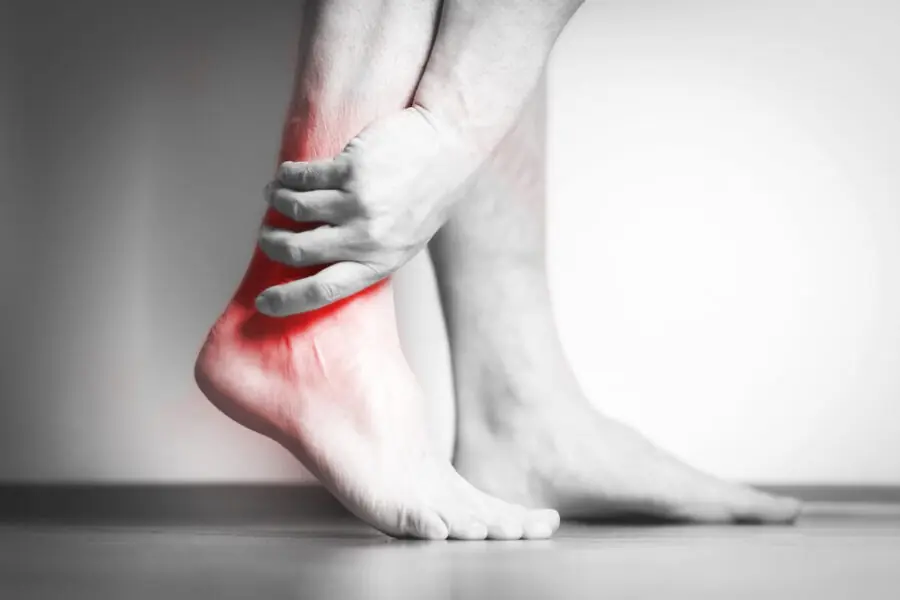
A common injury among athletes, Achilles tendonitis is an inflammation of the tendon that connects the calf muscle to the heel.
Both painful and limiting, this tendinopathy can make you experience a living hell.
It can even lead to a complete rupture of the tendon and require surgery.
It goes without saying that prevention is an effective way to avoid tendonitis.
But what happens when the inflammation has actually started?
Here are 5 therapeutic steps to consider when treating moderate-onset tendonitis.
1. Identify the tendonitis
It is sometimes difficult to distinguish one injury from another.
For example, the pain caused by Achilles tendonitis may resemble that of plantar fasciitis.
In both cases, the heel is a source of discomfort. However, since the causes are different, the treatments are not always the same.
Thus, before addressing your tendonitis, it is important to recognize its symptoms:
- A persistent heel pain following exercise and sometimes while resting
- Swelling of the tendon
- Stiffness of the tendon
- Difficulties in moving about properly
- Appearance of a bump on the tendon or its thickening
To identify Achilles tendonitis beyond any doubt, the best option is to consult a podiatrist.
2. Get proper rest
Once the injury has been clearly identified, your first step should be to rest your foot.
This rest can include:
- Temporarily stopping activities that involve the tendon, such as jogging
- Reducing actions that increase the load on the tendon, such as jumping
- Reducing the time spent standing on your feet
- Focussing on low-intensity physical activities like swimming or cycling
You can also purchase a pair of orthopaedic heels to provide more rest for the sore tendon.
3. Use cold to treat inflammation
Known for its anti-inflammatory effects, ice is a safe bet when it comes to relieving pain.
Applying a cold compress several times a day also helps to reduce trauma-related swelling.
For this purpose, a bag of frozen vegetables or a compress purchased from a pharmacy should work well.
Despite its significant short-term effectiveness, ice may not be viable in the long term.
If the swelling and pain persist, it is possible that the tendonitis is more severe than you think. Contact your podiatry clinic to find out for certain.
4. Encourage massages of the painful area
In addition to pain, Achilles tendonitis causes stiffness in the tendon and foot.
As a result, adopting a tendon massage routine helps to maintain a certain level of mobility.
When the pain subsides, you can do the following:
- Massage the tendon perpendicularly for 5 to 10 minutes.
- You can also massage your calf more deeply.
- Repeat the massage routine several times a day.
5. Consult a foot care professional
In the event the methods mentioned above do not succeed in relieving your pain, the next logical step is to consult a podiatrist.
In addition to offering a complete diagnosis, the podiatrist is qualified to treat tendonitis using modern tools and techniques.
Among other things, your podiatrist can offer you:
- Custom-made foot orthotics
- Shockwave therapy
- Prescription anti-inflammatory medications
- Laser therapy
- A therapeutic boot with extension strap
Surgery is only an option when all other methods are unsuccessful.
PiedRéseau: comprehensive podiatric expertise
Whether you need to diagnose Achilles tendonitis or treat it quickly, PiedRéseau is there to provide you with personalized care.
Our podiatrists work with the latest tools and will do their best to offer minimally invasive methods.
Do you think you have Achilles tendonitis?
Contact a PiedRéseau clinic today.